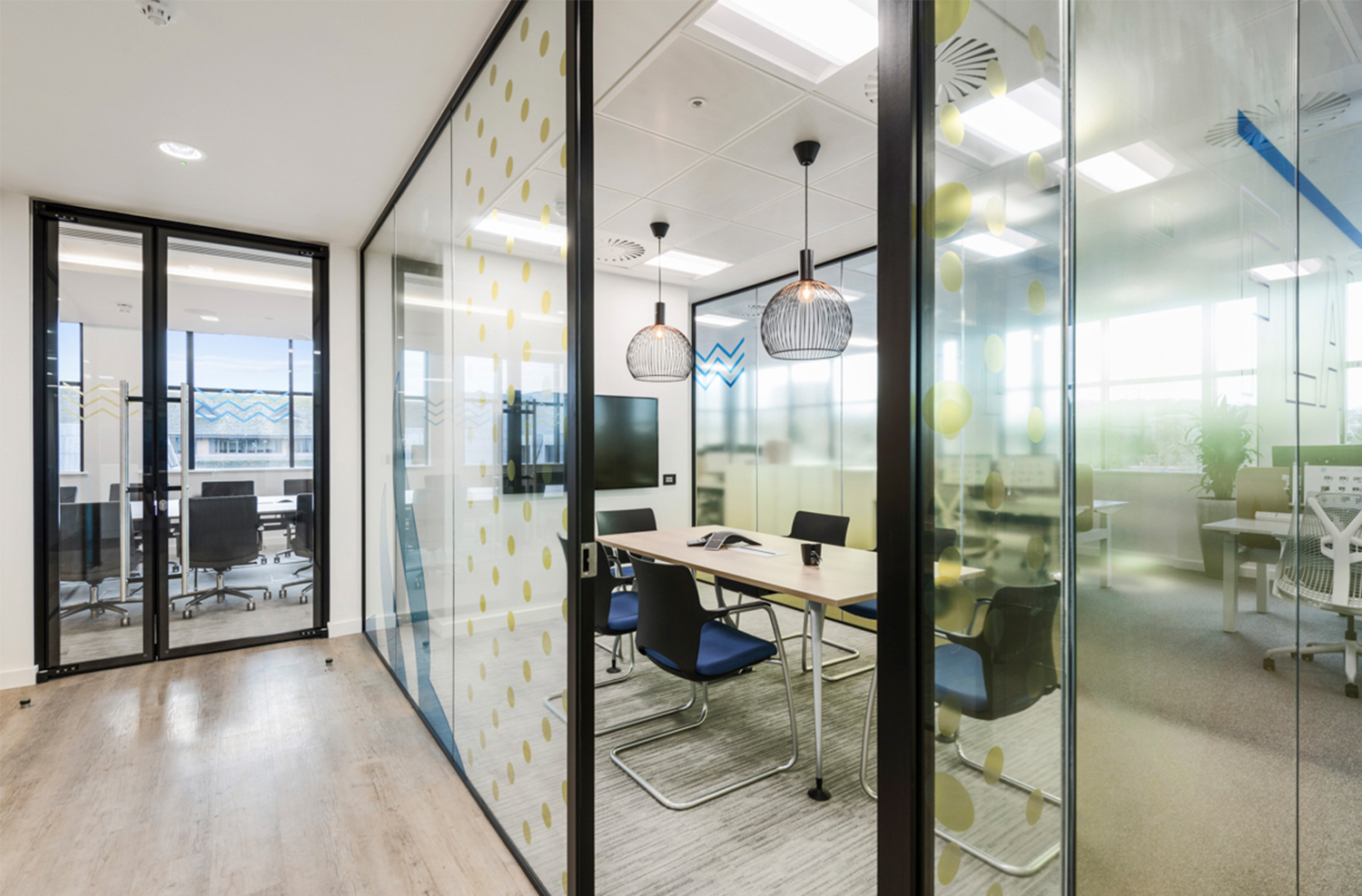
August, 2020
Creating a flexible workspace is a practical and cost-effective decision for any business to make, with that in mind we have gathered together some industry thoughts and added some of our own suggestions.
Planning for change in space requirements
It is more important than ever to plan for change and we found an interesting article by CBRE on “spacesizing” in essence: “Doing the work now to figure out your workplace requirements for the future will mean an optimised property footprint, while providing the flexibility needed to win the war for talent, and realising property savings across your portfolio.”
In our view, flexible workspace post Covid-19 is about how to integrate working remotely with the best future functions of the office. That requires a higher degree of forward planning for organisations but opens up plenty of opportunities for good office design around collaboration, technology and safer working spaces.
Consider how Activity Based Workspaces need to evolve
By no way a new concept we have covered ABW before. Forbes reported on the flexible workspace concept and concluded that the most effective offices were those which had a mixture of private and communal spaces, this needs to be considered now with an added element of safety and how people’s attitudes to activities may have changed.
Avoid permanent fixtures in anticipation of change
The importance of moveable furniture is referenced in a Zenbooth article, which talks about the benefits of flexible working design. If you want to create a flexible office space, it’s important to consider future uses for various areas in the office. For example, if the company is relatively new, you might choose to design an open space where everyone can interact, but as the business grows, you need to transition part of that to a training area or conference. Thinking carefully about partitioning and how easy you can move desks and other elements will save on future costs.
Consider minimising branding
Brand consistency is an important element of running a business, but it can be stressful to change the entire office every time the brand alters. Making a nod to the brand in colour schemes can be far more effective and impactful than plastering a logo everywhere.
It’s also important to consider what the employees might want out of the space. Instead of a heavily branded office, staff members will likely prefer to work in a welcoming and comfortable environment.
Rent artwork
Artwork is a great way of building a company culture and improving employee happiness and productivity. However, office art doesn’t have to be a permanent investment. The business’s office style will likely evolve over time, so renting artwork is a great way of adding a splash of personality to the space without having to commit to a style. Renting artwork can also accommodate any larger office changes that they make. As the business repurposes the space for different functions, they can switch up the artwork to reflect their new purpose.